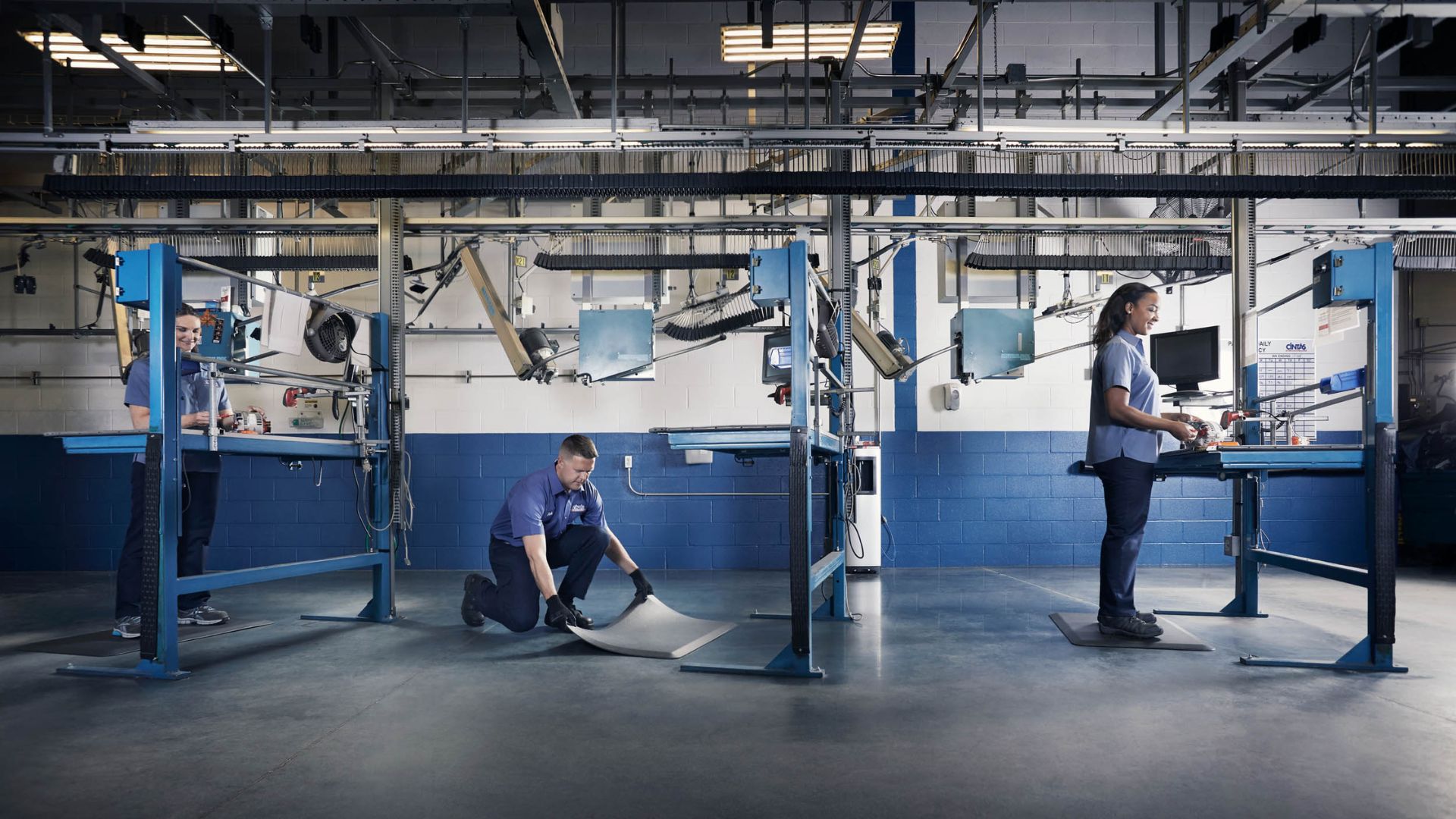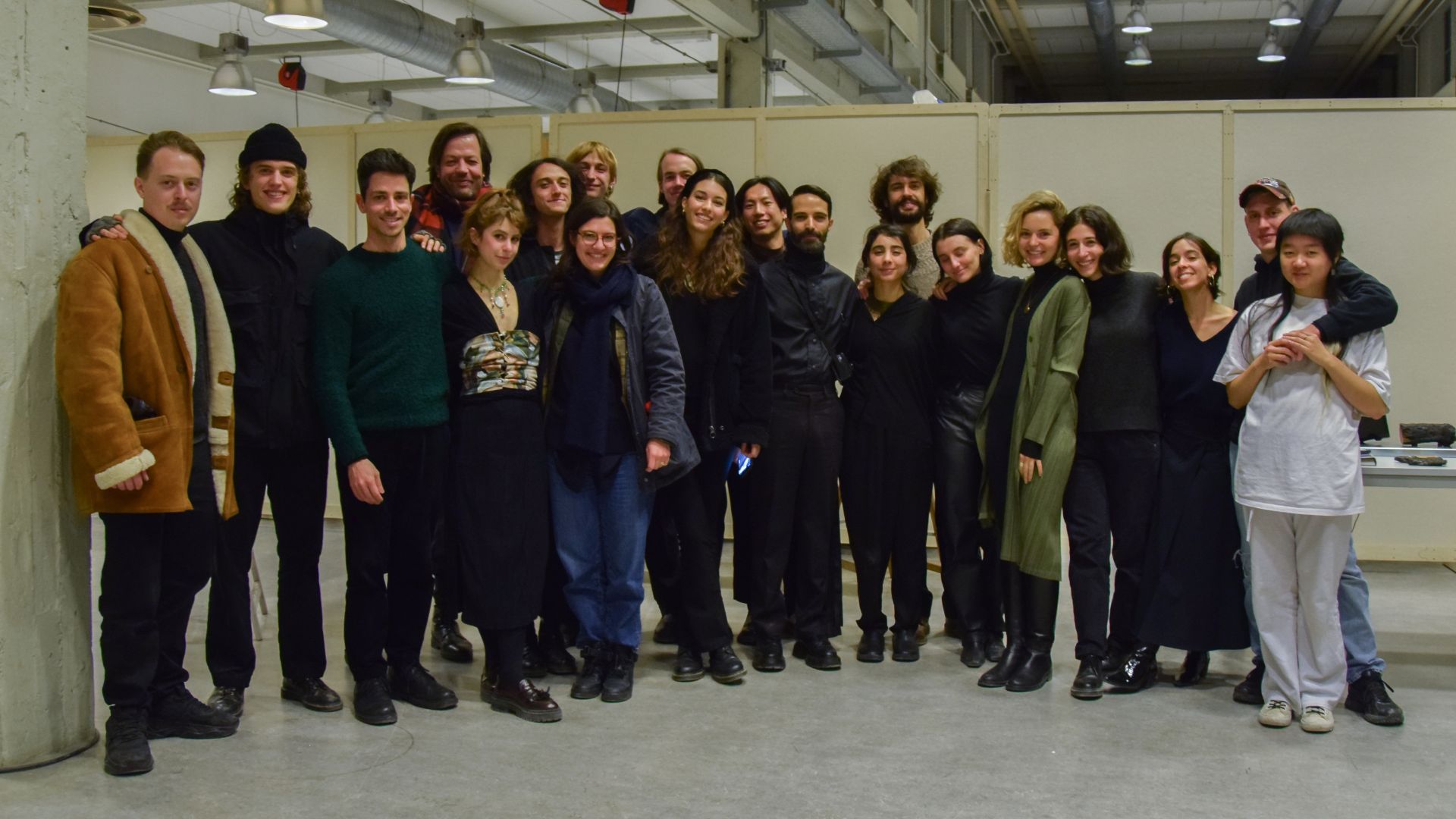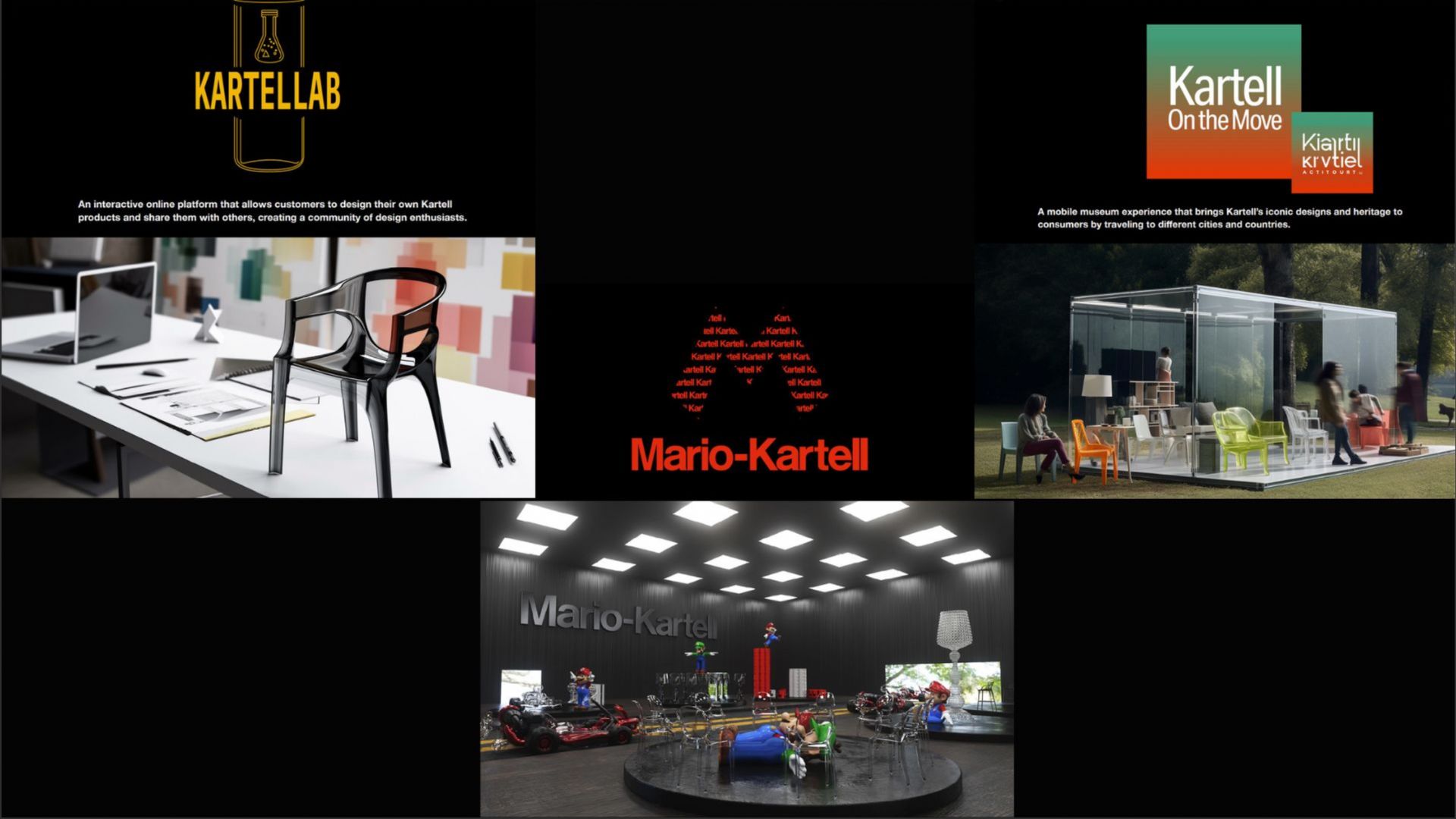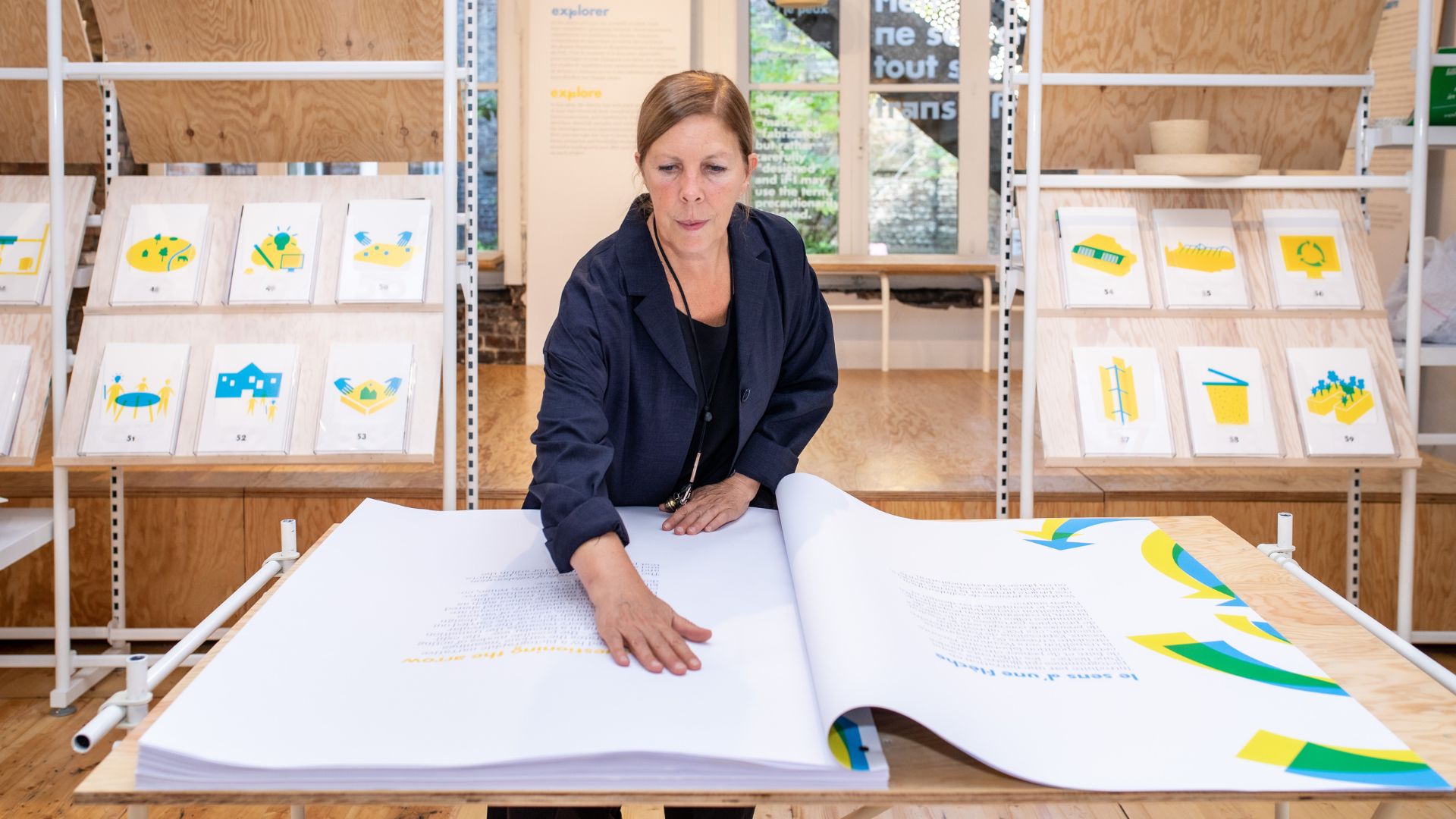Spotting (and avoiding) companies that greenwash

Anna Pellizzari has worked on material design and innovation for more than 25 years. As Executive Director of Materially in Milan, a post she held for the last 10 years, she advises brands on circular design in relation to materials.
Thanks to her lifetime experience, she has a skill that is key for designers: she knows when a company is serious about sustainability or is merely greenwashing.
“If you decide to work with a company that, on paper, seems to be committed to good values but isn’t could be a blow on your career”, she says, “And it could put you a the difficult situation: should you continue to work for them or can you afford to move somewhere else?”
How can freelance designers rate the sustainability commitment of a potential client?
Anna Pellizzari:
“The short answer is: with difficulty. But the red light should flash immediately when the company’s claims:
- Are unsupported by data
- Are supported by data that require interpretation and whose source or measurement criteria are unknown or unverifiable
- Imply that natural ingredients are necessarily less impactful than synthetic ones
- Use popular suffixes such as bio, eco, green, zero impact etc. without explanation
- Explain concepts with vague, unverifiable claims
- Use graphics that mimic official certifications but don’t have any
- Boost self-addressed certification
Designers should evaluate all company activities, not just product design
So: the way the company designs, manufactures, selects its suppliers and materials, ultimately sells and communicates its products. Everything. Which not an easy thing to do as an outsider.
But there are ways to get a pretty good idea”.

How do you get such a clear picture of a company, as an outsider?
Anna Pellizzari: “Normally, companies that are serious about sustainability have a person who is dedicated to this task – a sustainability manager – either as a full time position or, in smaller entities, as task for someone working in technical function.
Very small companies who cannot have an in-house professional select external consultants for support.
Those who consider sustainability a mere communication issue are clearly off track”.
What is the job of the sustainability manager?
Anna Pellizzari:
“The sustainability manager is a transversal professional that deals with general environmental policies as well as detailed ones – related to the business at hand. Sustainability managers also decide on certifications (which ones to go for, and how), work closely with R&D and with purchasing to identify the guideless to acquire or develop materials and to select suppliers. They also interface with HR people, especially when it comes to evaluating working conditions within suppliers.
But not all sustainability managers are a guarantee of quality.
What qualifies sustainability managers above what they do is how they do the job. A critical outlook, the understanding of materials and production issues, the willingness to question everything (even when supported by people above them in the organization) are key”.
How should designers evaluate a company’s certifications?
Anna Pellizzari:
“There are so many, and sometimes they are used so wrongly in communications, that the temptation is either to take them for granted or to believe they don’t really count much.
In reality, certain certifications are extremely difficult to obtain, guide companies towards a sustainability transition and can be used by consumers to assess products.
The whole issue is: how to understand if the certifications that a company has really matter? Here is some advice.

1. Make sure the company follows the basics
The first step for a company is to understand and manage its environmental impact. Being certified ISO 14000, for instance, means that the organization follows a standardized framework to systematize and improve its environmental management.
In Europe, for instance, there are other regulations/certifications that vary according to product groups.
Such as REACH (legislation governing the use and import of chemicals into the European Union), RoHS (“Restriction of Hazardous Substances Directive”, in the construction of electrical and electronic equipment), or the more general CE.
However, if obtaining these certifications is the only action that a company takes, without going one step further, sustainability is probably not its top priority.
2. Look for certifications that go beyond the main ones
The more virtuous companies, in fact, go beyond what’s basic and get additional certifications related to their product areas.
Some examples are: GreenGuard for Volatile Organic Composites (VOC); GOTS for organic cotton; GRS for recycled materials; FSC for forestry products; EcoLabel and the German Blue Angel for specific families of products; or even EPDs (Environmental Product Declarations), as long as issued by serious and well-known certifying bodies.
Their presence normally signifies a greater engagement on sustainability, better manufacturing processes and purchasing strategies. Ultimately, more ecologically-minded solutions.
3. Find out if the company has done an LCA
LCA is a data-based methodology that assesses products, production processes, the quality of energy supply and even overall businesses in terms of CO2 emissions: the so-called carbon-footprint.

It’s very popular because it works with all sorts of businesses (manufacturing as well as services and, ultimately, any human activity) and it helps companies understand where they should act to achieve the greatest impact.
When a company is committed to LCA, this is undeniably a sign of its commitment to become more environmentally responsible.
4. Find out if the company is going for CRADLE TO CRADLE
While LCA is a method, Cradle To Cradle is an actual certification that provides very specific guidelines on how to improve product development and manufacturing from an environmental perspective. It’s a process that the company can commit to in a path towards improvement which is finally rewarded by independent bodies with different labels.
Saying this, Cradle to Cradle is an extremely ambitious certification, and a very costly one, so it’s mainly a target for large companies.
5. Beware of certifying bodies
When you are deeply involved in this business and are dealing with EPDs, Environmental Product Declarations, you soon find out that the value of these certifications often depends on the certifying bodies.
Well known ones, such as Bureau Veritas or SCS are a guarantee. Less used should raise questions”.
What sort of product development does an environmentally committed company enforce?
Anna Pellizzari:
“This is easier to evaluate for a designer: they should look for a process that includes Reducing, Repairing and Recycling (as well as the fourth R, Re-use, although that is more of a business process issue).
The 4 Rs are purely design issues, centered on understanding of materials qualities (in order, for instance, to figure out where and how to reduce thicknesses) and on Design-For-Disassembly (to allow for reparations or re-manufacture).
Companies who push for solutions that put solidity, durability and repairability in danger to shave costs are not committed to sustainable design.
Again, some international directives have recently been enforced in relation to the Right To Repair to tackle the issue of WEEE (Waste of Electric and Electronic equipment).
Since 2021, the EU has enforced the so-called Right to Repair (ruling 2021/341): manufacturing companies now have to make spare parts available for 7 years from the marketing of each new appliance, which goes up to 10 years for washing machines.

This has obviously had an impact on how appliance manufacturers (including lighting companies) design their product: a shift towards design-for-disassembly is no longer a choice but an obligation by law.
Yet so far, large companies try to do the bare minimum and a huge amount could be done with designers’ push for the long term”.
What does a sustainable manufacturing process look like?
Anna Pellizzari:
“This topic is so fundamental that companies who have improved their manufacturing in a sustainable direction normally communicate widely about it.
What is useful to look out is:
1. Waste management practices
How does the company re-use its own waste? Has it got plans in place to allow other companies to use it?
2. Energy sources
Small producers now can certainly run their whole production on self-produced renewable energy sources (solar panels and the like). This is not the case for large industrial producers (think tiles or cement manufacturers). Yet one should ask where all the energy they use is coming from: ie, what is the source at the beginning of the process. The choice that the company makes in this has a great impact in terms of the sustainability of its products.
3. Provenance of raw materials
Understanding where the material a producer uses is coming from is key but also a very complicated task when you talk about mass manufacturers.
Committed companies have a very strict purchasing policy and only select materials from certified suppliers.
The most relevant certification in this area is the new ISCC PLUS – International Sustainability & Carbon Certification Scheme, based on the principle that the sustainability of a product must be validated along the entire production chain.
It can be applied to any type of material: bio-based derived from agricultural or forestry materials, plastic waste, mixed etc.
In absence of certifications, companies that are serious about sustainability ask specialized consultants to give insight on claims coming from suppliers: those who are unable to provide relevant data are ruled out.

So, in essence, the stricter the link between the sustainability manager and the purchasing department the better.
What is your main advice to designers when dealing with these issues?
Anna Pellizzari:
“Be informed about these issues is fundamental for a designer today. These things should be taught in schools and lifelong learning should be a priority. The risk to become partner with a non sustainable company is too great to face nowadays”










